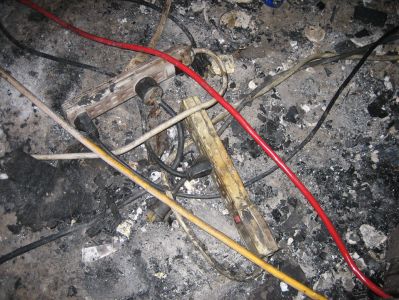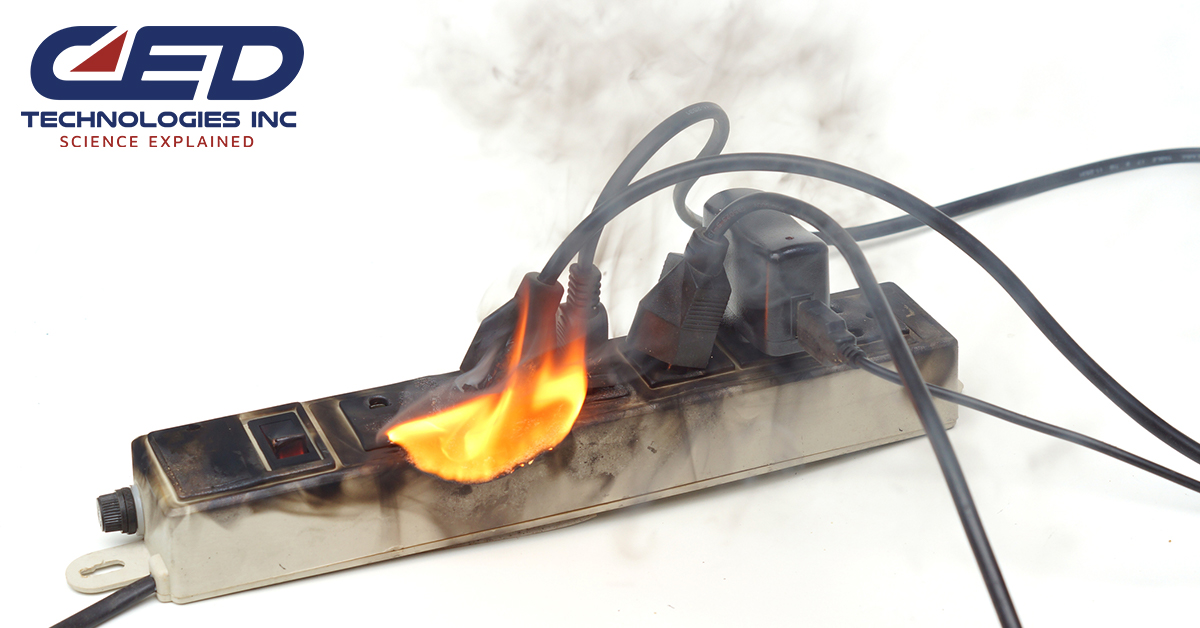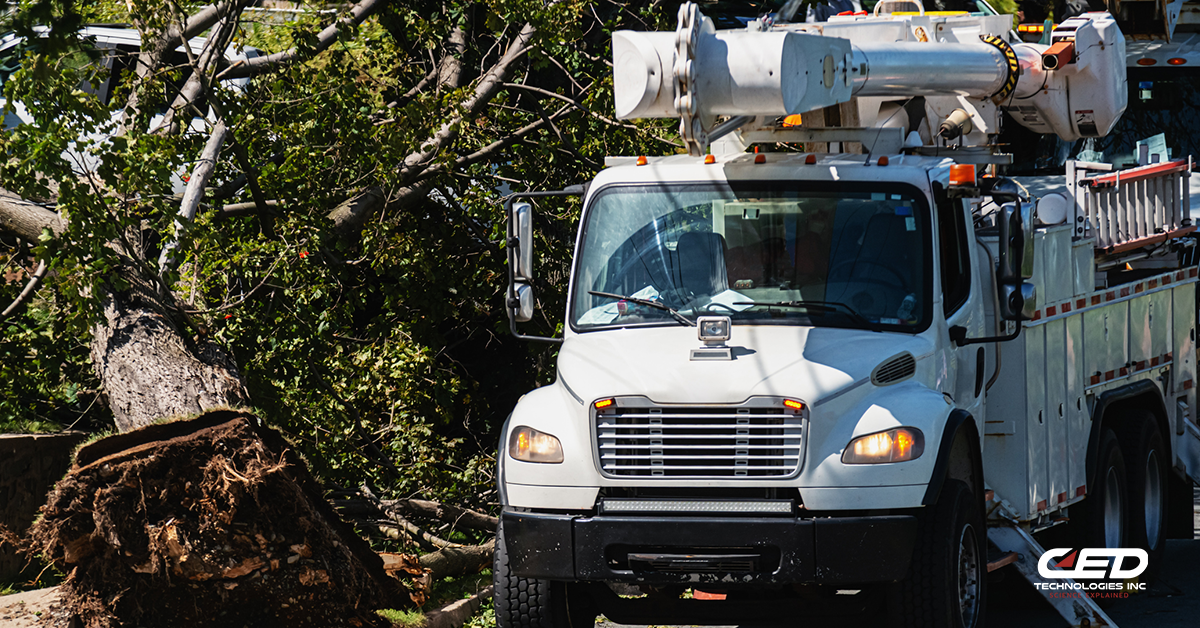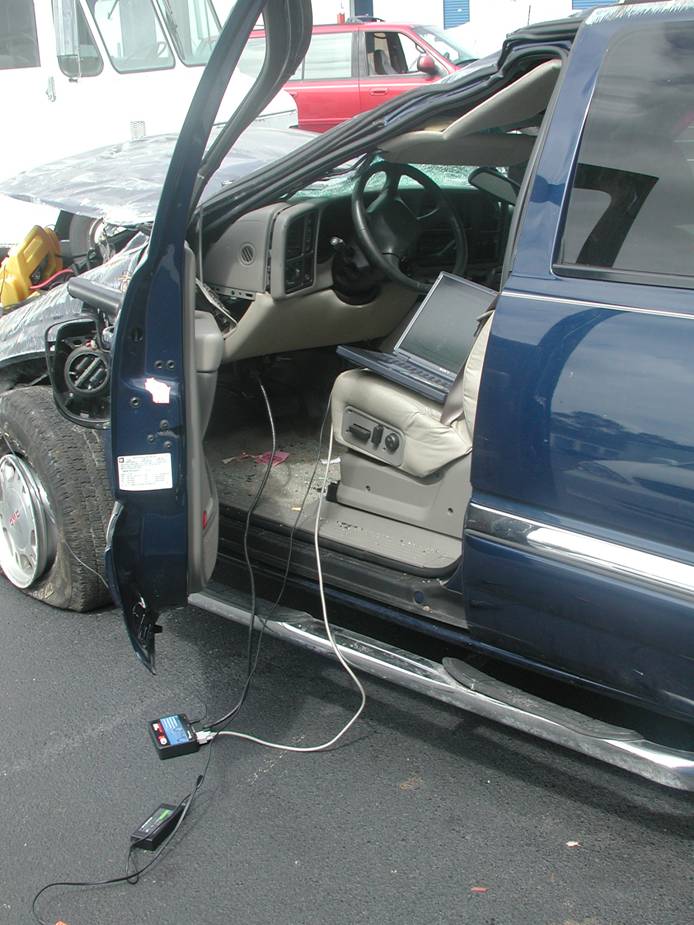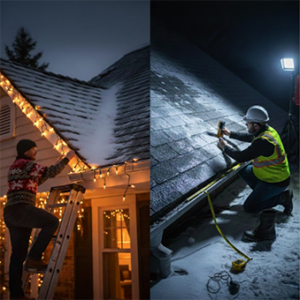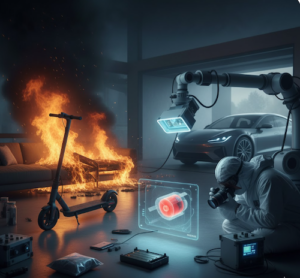Power Strip Cases on the rise…
The title may be a bit of an exaggeration, but the irony exists. Power strips with transient voltage surge suppressors (TVSS); products which are widely used to protect electronic equipment, and the data they carry, from power surges, can be the cause and origin of fires. CED has investigated several fires over the years which have been linked to power strips and single outlet, in-line surge suppressors. We have found that there is little information available regarding potential failure modes of these devices and little awareness in the insurance and legal communities of these hazards.
Fire Risk of Surge Suppressor Power Strips
Power strips with transient voltage surge suppressor (TVSS) capability are devices frequently used in the home or office environment with little concern for potential hazards. Indeed the devices are typically purchased and installed to minimize the risk of fire and equipment damage. For some time the hazards associated with these devices have been known in the industry but are generally unknown by the general public. The industry has recently begun to manufacture surge suppressors with provisions to minimize fire hazards associated with normal and foreseeable failure modes of these products.
TVSS utilize electronic circuitry to prevent voltage spikes or surges from damaging sensitive electronic equipment. The surge protection circuitry typically utilizes metal oxide varistors (MOVs) to reduce these surges to levels safe for the attached equipment. A risk of fire occurs when these MOVs fail, either as it reaches the end of its useful life, from sustained overvoltage or a severe transient voltage surge. There is a potential for the failed MOVs to develop a short circuit condition, overheat and ignite a fire, unless provided with over-temperature protection.
TVSS devices are covered under the Underwriters Laboratories (UL) standard 1449. Prior to August 17,1998 this standard did not adequately address “end of life” safety of these devices. In most devices available through retail stores no over temperature protection was provided and, exacerbating matters, the devices were enclosed in combustible plastic enclosures. Devices manufactured after August 17, 1998 are required to meet several additional test to verify that when they fail they do not create a risk of electric shock or fire.
Many of the power strips currently available have been redesigned to minimize this fire hazard, even if the device isn't listed as meeting UL 1449. This has been done by incorporating thermal protection adjacent to the MOVs. These thermal cutouts (TCOs) will disconnect power to the power strip and prevent hazardous temperatures from developing. With redundant TCOs, the risk of a fire is greatly reduced. TVSS power strips manufactured before August 17, 1998 are still in use and the fire hazard of these older devices is increasing due to normal aging of these devices. No recall of these earlier devices has been initiated, but it is recommended that if you use these earlier devices and they remain with their power switch in the “on” position while unattended (i.e. overnight) you should consider updating to the newer devices provided with thermal protection.
Featured Engineer: George Wharton, P.E., CFEI, CVFI, CFPS, Mechanical Engineer
Submit a case or claim online.
Contact a CED Engineer in your region.
